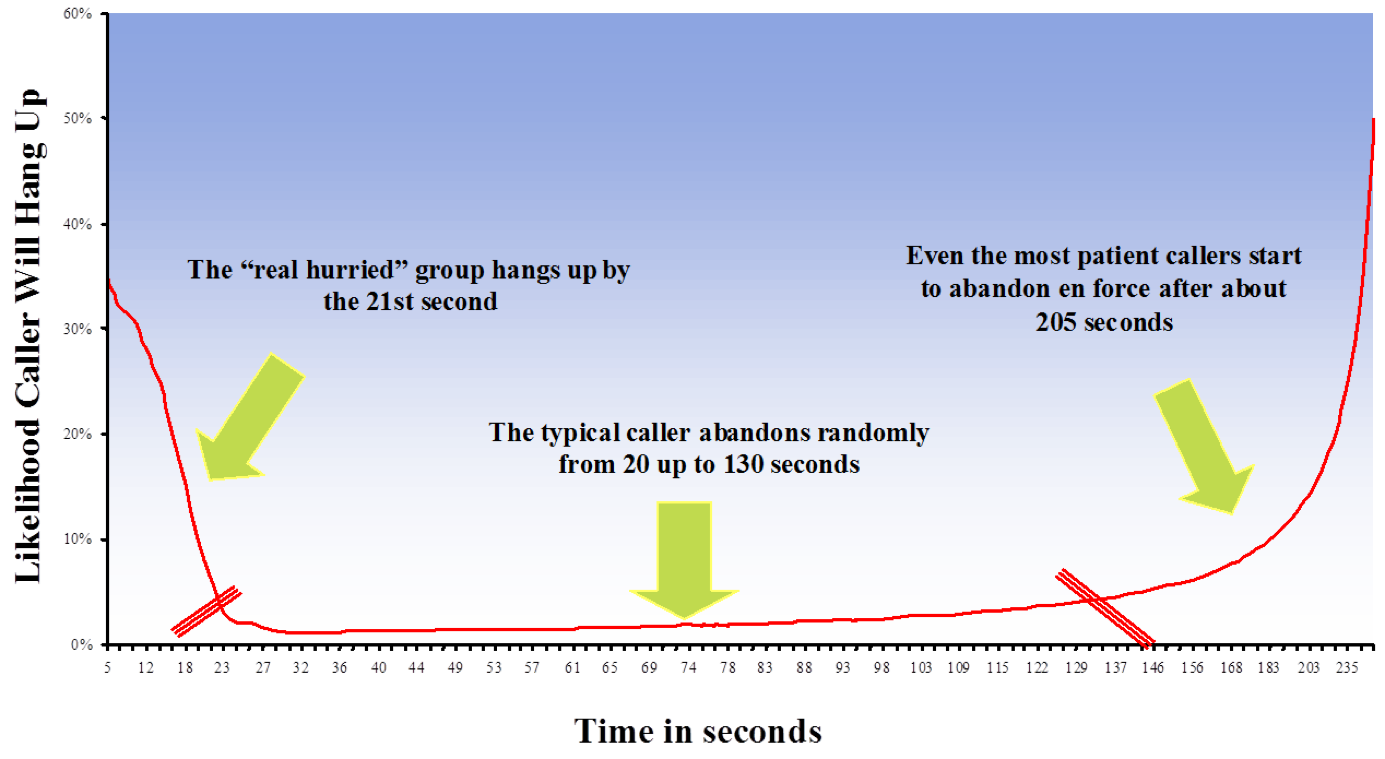
Why call centre industry standards are really just a myth
I visit a handful of industry-oriented text chat web sites on a monthly basis.
I am always a bit surprised at the number of questions where the notion of “industry-standard” arises.
I think I understand why so many people in the industry seek rules and standards.
The contact centre industry is unique in the quantity, depth and richness of operations data.
It’s a number ocean fed by ACD, WFM, Quality Monitoring, e-Learning, CRM and case management systems.
For 30 years management teams have used this data in an attempt to maximise customer satisfaction at some budgeted expense.
So, it makes sense that after all those years of centre operations and experience that a set of operational metrics would emerge that could define a minimum cost, high-return centre.
The collection of numbers associated with particular Key Performance Indicators could be likened to the combination of a lockbox that contains efficiency and effectiveness.
I wish such a formula existed. I even wish there was a standards body that published verified performance measures.
But there isn’t.
And there never will be.
The Contact Centre Industry Myth
We refer to the contact centre as an industry, implying consensus and uniformity where it doesn’t really exist.
The reality is that each contact centre is unique in terms of the value it provides to the enterprise, unique in terms of the skill and knowledge of the management team and unique in terms of the centre’s culture.
This is why I am always so amazed when disparate centres define their service level goal to be consistent with some illusory industry standard, such as answering 80% of the calls in 20 seconds.
Unless your centre has an external authority that demands a certain service level, I encourage you to examine how your service level goal was determined.
Answers that include the words “industry-standard” or “we’ve always” are not accepted.
How should a service level goal be determined?
Revenue Generating call centres
If you are a revenue centre, the task is fairly simple. Each call has an average revenue and average profit associated with it.
Classical economics suggests that we keep adding staff (with its incremental expense) until the incremental expense equals and begins to exceed the incremental revenue and profit.
For a given workload, there will be an optimum staffing figure where marginal revenue and profit equal marginal expense.
I can almost guarantee that the service level associated with this marginal analysis will not turn out to be 80% in 20 seconds.
Customer Service (Cost) call centres
If you are a customer service centre, the task is a little more complicated.
A simplification involves attaching a dollar value to a pure customer service transaction.
Of course, there can be endless arguments about what dollar value to use.
Clearly, there is some dollar value to handling pure customer service transactions or companies wouldn’t answer the phones. To avoid endless arguments, however, another approach might make greater sense.
Every ACD that I have ever encountered produces an abandoned calls report.
This report shows how callers respond to being in a queue. An example of a graphical abandoned calls report is provided below:

Typically, when callers are inserted into a queue, a few hang up immediately.
It is thought that these people include callers who have misdialed, refuse to wait at this moment or are distracted by some other event – the doorbell rings or the child cries.
These people don’t give you the chance to handle their call. Most consultants agree that these callers should not be included in abandoned call counts and not included in service level calculations.
This typical abandon curve also demonstrates that many callers will exhibit a lot of patience in queue – up to a point.
In our example, the number of callers who abandon between 20 and 130 seconds is fairly small and the rate at which they abandon is almost flat.
We notice that after 130 seconds the rate of abandonment climbs dramatically and that nobody seems willing to wait beyond about 205 seconds.
Armed with this insight, a customer service centre could identify an average speed of answer that is still consistent with relatively low abandon rates.
It is a simple matter to find a service level goal that roughly equates to the identified average speed of answer.
And again, I’ll bet the goal turns out to be something other than 80% in 20 seconds.
Recommended further reading:

